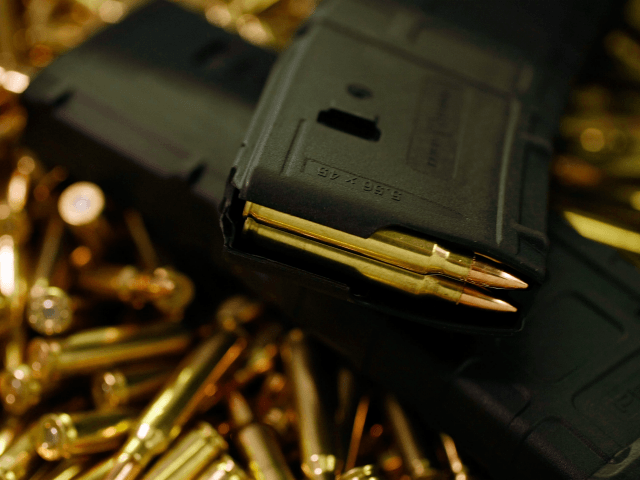The New York Times covered a study on bullet size and suggested that a move away from bigger bullets could result in a reduction in fatalities.
The title of the column–People Kill People; But the Bullets Seem to Matter–makes clear the underlying theme is to introduce the possible benefits of ammunition controls.
The NYT suggests bigger bullets mean greater likelihood of death. They back this claim up by pointing to a JAMA article studying criminal shootings in Boston which found “the size of the bullet affected which gunshot victims lived and which ones died.”
The NYT notes:
Over recent decades, the size of bullets fired by the typical handgun has increased. Changes in design have made it easier to fire big bullets from concealable weapons, and manufacturers have marketed more powerful guns as better tools for self-defense. In the 1970s and 1980s, the guns most commonly used in crime tended to be revolvers or small, inexpensive pistols that fired .22-caliber rounds, so-called for their 0.22-inch diameter.
They explain that new gun technology displaced “Saturday Night Specials” on gun store shelves, ushering in a new age of deadly force:
And advances in gun technology caused a new generation of weapons to hit the market — and eventually the streets. The newer guns, which started to become common in the 1990s, were semi-automatic. They could fire multiple rounds more quickly, and tended to be able to store more bullets in their magazines, meaning they required less reloading in long shootouts.
And instead of buying guns that fired smaller bullets, people started purchasing ones that fired rounds that were 9 millimeters wide, about 0.35 inches, then 0.40 and 0.45 inches.
The NYT column suggests that the newer, bigger bullets increase lethality, which is something criminals can take advantage of just as easily as law-abiding citizens.
NYT even provides a chart showing the percentage of Boston criminal shootings that proved fatal between 2010-2014. They break these shootings down by the caliber of firearm used and make the case that the .45 and .357 were among the deadliest, percentage-wise. However, those calibers were also far less popular than bullets in .38, 380, and 9mm.
In fact, the larger rounds were used so much less than .38, 380, and 9mm, that researchers could only estimate that shootings could have been far more fatal if criminals had used the larger rounds instead.
This what if / could have / possibly maybe approach to bullet usage and its impact on crime also allows researchers and the NYT to marginalize proof that larger caliber weapons actually make America safer.
For example, the NYT admits: “It’s true that the era of larger-caliber handguns has also been an era of declining violent crime.
Homicides in most major American cities peaked in the early 1990s, just before larger-caliber pistols became common. The homicide rate has fallen nearly by half since then.” Then they add, “But the research about weapon caliber suggests [the homicide rate] could have dropped by even more.”
AWR Hawkins is an award-winning Second Amendment columnist for Breitbart News and the writer/curator of Down Range with AWR Hawkins, a weekly newsletter focused on all things Second Amendment, also for Breitbart News. He is the political analyst for Armed American Radio. Follow him on Twitter: @AWRHawkins. Reach him directly at awrhawkins@breitbart.com. Sign up to get Down Range at breitbart.com/downrange.

COMMENTS
Please let us know if you're having issues with commenting.